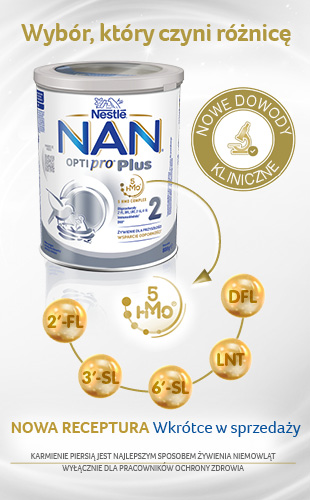UWAGA!
Wszystkie zamówienia złożone od 23 kwietnia zostaną zrealizowane (wysłane) dopiero 29 kwietnia.
Za utrudnienia przepraszamy
Nietolerancja histaminy – praktyczny przewodnik dla lekarza pediatry
Słowa kluczowe / Keywords:
Streszczenie:
W artykule przybliżono zjawisko zwane nietolerancją histaminy. Jest to mało znany typ nadwrażliwości, który symptomami przypomina alergię pokarmową i jest błędnie rozpoznawany jako wyżej wymieniony zespół objawów. U podłoża patofizjologii tzw. pseudoalergii leży ilość histaminy wytwarzanej endogennie oraz dostarczanej do organizmu z zewnętrz, która przekracza próg tolerancji organizmu. Histamina w największej ilości znajduje się w produktach długo dojrzewających i fermentujących, takich jak m.in. sery pleśniowe, sery topione, jogurty oraz kefiry. Skutkiem zwiększonej ilości histaminy w organizmie, ze względu na obecność jej receptorów w licznych tkankach ustroju, jest występowanie zróżnicowanego obrazu klinicznego, który utrudnia pacjentom codzienne funkcjonowanie, a lekarzom nastręcza trudności w diagnostyce różnicowej. Ze względu na wzrost liczby rozpoznań chorób alergicznych w wieku dziecięcym konieczne wydaje się poznanie czynników wpływających na rozwój nietolerancji histaminy oraz metod diagnostycznych i leczniczych, by dzięki prawidłowej diagnozie pomóc pacjentom, zarówno dorosłym, jak i w wieku pediatrycznym, zniwelować uciążliwe dolegliwości.
Standardy Medyczne/Pediatria, 2022, T. 19, 748-752
Abstract:
In our article we would like to discuss the phenomenon called histamine intolerance. This is a barely known type of hypersensitivity, which symptoms are similar to food allergy, so it is misidentified as this disease. At the root of the pathophysiology of so called pseudoallergy is the amount of histamine, produced endogenously and supplied to the body from outside, which is higher than body’s tolerance threshold. The greatest amount of histamine can be found in long-maturing and fermenting products such as: blue cheeses, processed cheeses, yoghurts and kefirs. The increased amount of histamine in the body, due to the presence of its receptors in numerous tissues, results in the occurrence of a diverse clinical picture. This makes it difficult for patients to function and for doctors to carry out a proper differential diagnosis. Due to the increasing trend in the number of diagnoses of allergic diseases in childhood, it seems necessary to learn about the factors influencing the development of histamine intolerance as well as diagnostic and treatment methods of this disease in order to help patients both in adult and pediatric age to overcome their troublesome ailments.
Standardy Medyczne/Pediatria, 2022, T. 19, 748-752


